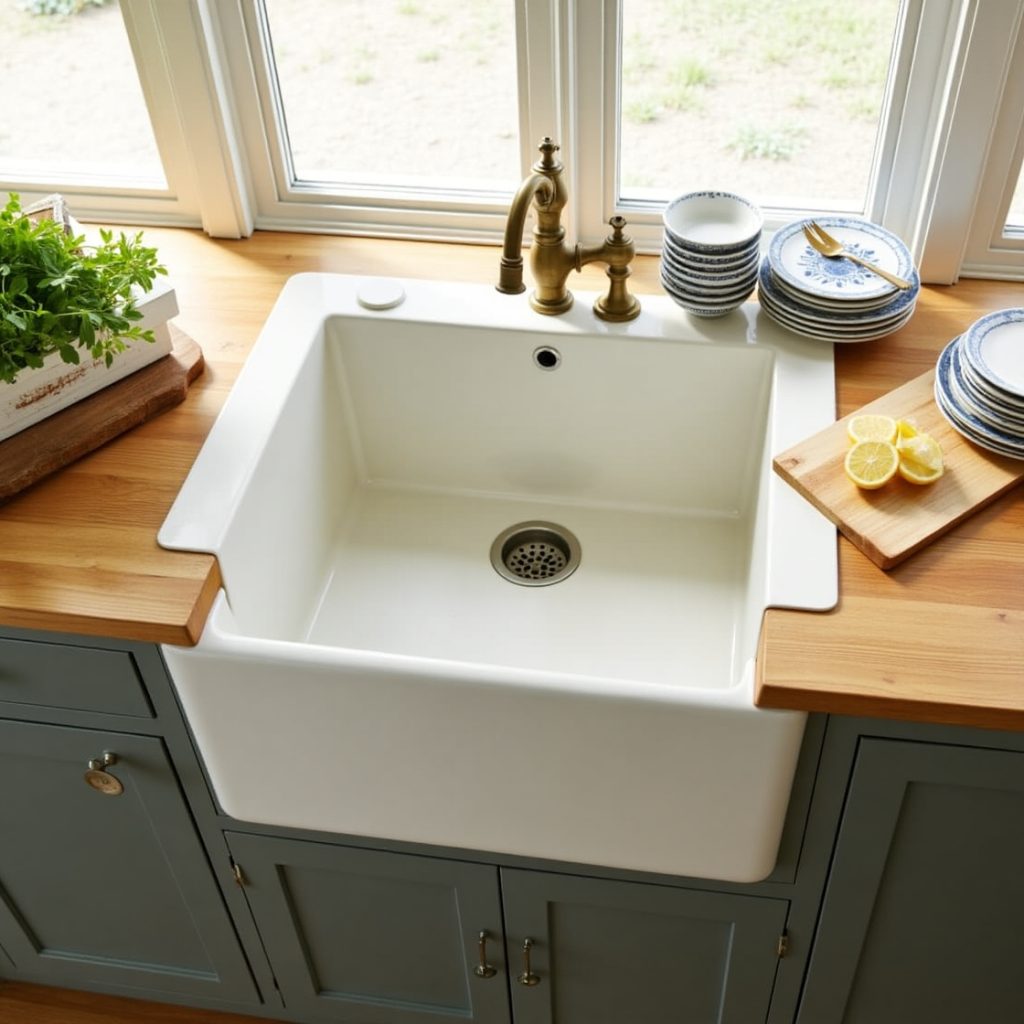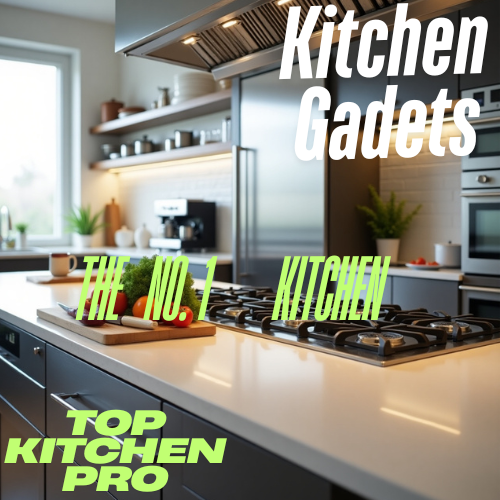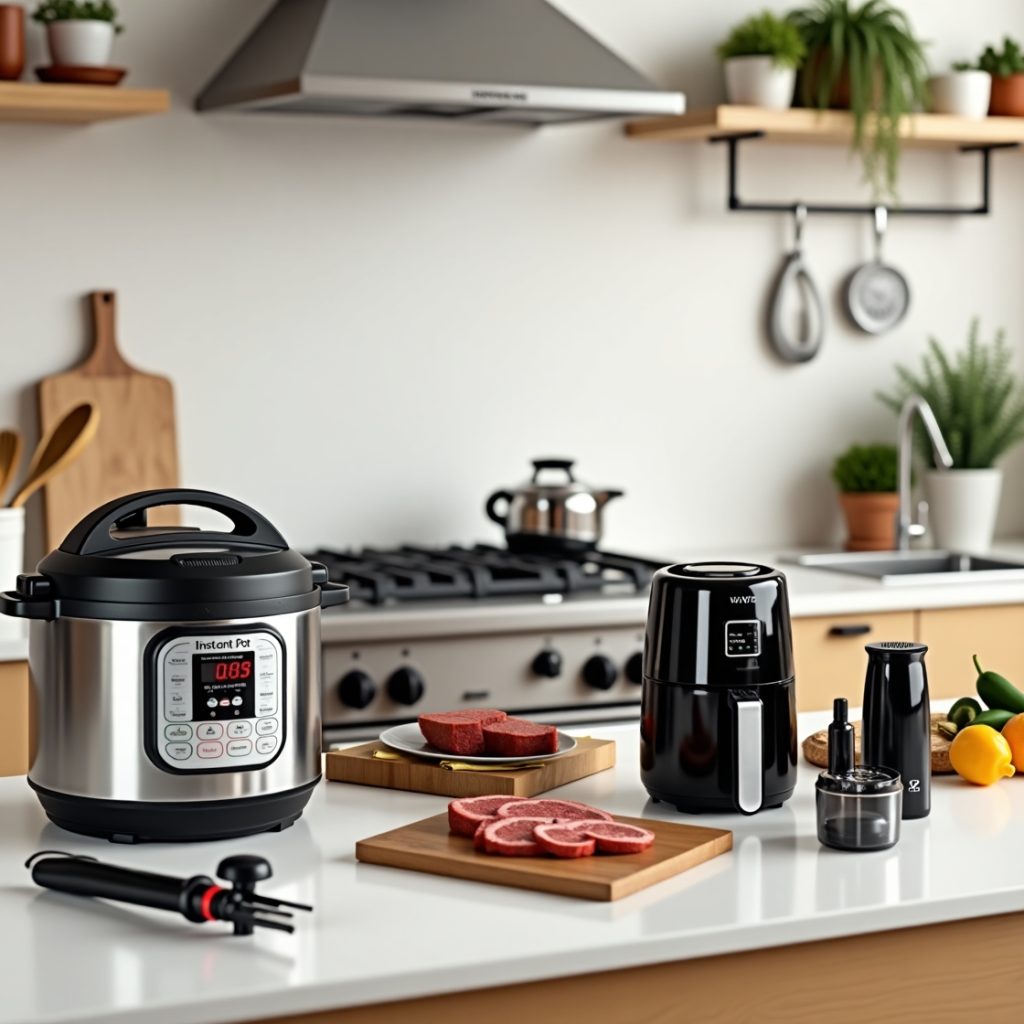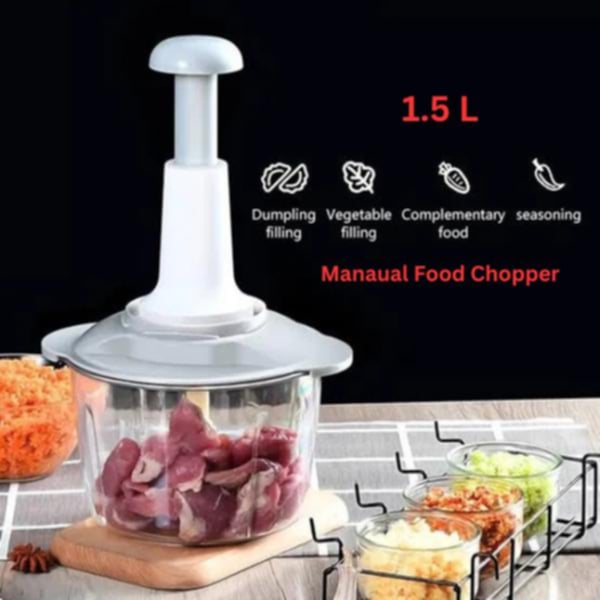Kitchen Sink Trends: What’s Hot in 2025 and Beyond
Description: Renovating your kitchen? One of the most functional and frequently undervalued pieces of kitchen planning is the kitchen sink. Whether you’re remodeling or designing a new kitchen, choosing the right sink can make a significant difference in both functionality and style. A kitchen sink isn’t just for washing dishes – it’s a focal point of your space, a multi-purpose tool, and one of the most used appliances in your home. In this ultimate guide, we’re going to take you through the whole process of choosing the right **kitchen sink**. We’ll go over the styles, materials, sizes, and features to think about, plus installation and maintenance tips. So, let’s get started! Why the Right Kitchen Sink Matters Let’s talk first about why having the right kitchen sink is a big deal before we get into the nitty-gritty details of how to pick one out. The kitchen sink is more than just a practical utility – it’s an integral part of your kitchen’s overall design and functionality. It serves as a workspace for food prep, cleaning, and even occasional socializing. As one of the most frequently used fixtures in the kitchen, your sink needs to be both durable and efficient. Also, an appropriately selected sink can add style to your kitchen and match the rest of your decor.When choosing a kitchen sink, also take into mind how much usage it gets a day. Do you frequently prepare large meals? Are you gardening and require more depth for fresh fruit and veggie washing? Is the sink installed in a highly trafficked area? Such factors should make up your decision. Let us demystify some important areas to focus on when picking a proper sink suited to your requirements. 1. Selecting the Optimal Material for Your Kitchen Sink Your choice of material for your kitchen sink may affect both its appearance and its performance. Various materials provide different advantages, ranging from durability and maintenance to aesthetics. Let’s go through some of the most common materials for kitchen sinks: Stainless Steel Sinks: Stainless steel is a timeless option because it is long-lasting, easy to clean, and resistant to corrosion and stains. It’s a versatile material that complements most kitchen styles, from modern to classic. Stainless steel sinks are also budget-friendly and are available in many finishes, ranging from brushed, polished, and matte. Composite Sinks: Composed of a mixture of granite or quartz and acrylic resins, composite sinks are incredibly resistant to scratching, staining, and chipping and are extremely durable. Composite sinks tend to be available in a variety of colors to suit most kitchen styles and are a superb option for individuals who desire a granite appearance without maintenance. Farmhouse (Apron Front) Sinks: A farmhouse sink is a great option for someone who wants a country or rustic look kitchen. A farmhouse sink has a deep, broad basin and a front that protrudes over the countertop. Farmhouse sinks suit big families or people who use their kitchen a lot, as they can support heavy use such as scrubbing big pots and pans. Cast Iron Sinks: Cast iron sinks are robust and elegantly classic. Enamel is applied to the cast iron to achieve a smooth, glossy surface that is not only aesthetically pleasing but also hygienic. They are durable but very heavy and might need extra support for their installation. Fireclay Sinks: Fireclay sinks are manufactured using clay that is fired at high heat, resulting in a dense, very strong material. Fireclay sinks are resistant to scratching and stains and provide a smooth, glossy finish. They are commonly used in traditional kitchens and provide a traditional appearance with contemporary strength.Every material comes with its benefits and factors. Stainless steel is ideal for its functionality, and a farmhouse sink could be ideal if you desire a focal point. Your material choice should meet your style taste and everyday kitchen use. 2. Finding the Ideal Sink Size and Layout Your **kitchen sink** size is significant to its function. Depending on the size of the space in your kitchen and how frequently your sink will be used, you must choose the right size. Bigger sinks are best for those who do a great deal of cooking and require plenty of room for pots and pans. Conversely, a smaller sink may be more suitable for kitchens with little counter space or for those who don’t need as much workspace. When deciding on the size of your kitchen sink, consider the following: Basin Configuration: The majority of kitchen sinks are either a single basin or a double basin setup. A single-basin sink provides more space for cleaning large items, like baking sheets or large pots, without needing to reposition them. A double-basin sink gives the benefit of having two distinct areas for washing dishes and rinsing or preparing food. If you use a dishwasher, a double basin may be more useful for separating tasks. Sink Depth: How deep your sink is will influence how much water it can accommodate and how much room you will have to work with. Deep sinks are great for washing bigger items but can be a chore to clean to the bottom. Average sinks are usually between 8 to 10 inches deep, whereas deep sinks can be between 10 to 12 inches. Kitchen Sink Location: The position of your kitchen sink also counts. If your sink is on an island or under a window, consider how the sink’s size and shape will influence the overall movement of your kitchen. You must also consider plumbing and cabinet space underneath the sink. 3. Additional Features to Consider Once you’ve settled on the material and size of your kitchen sink, it’s time to think about additional features that can enhance your sink’s functionality. Here are a few features to consider:Some sinks come with integrated drainboards, which provide additional space for drying dishes or prepping food. These are especially useful in kitchens where counter space is limited.Certain sinks include built-in features such as cutting boards, rinsing grids, or colanders.
Kitchen Sink Trends: What’s Hot in 2025 and Beyond Read More »






